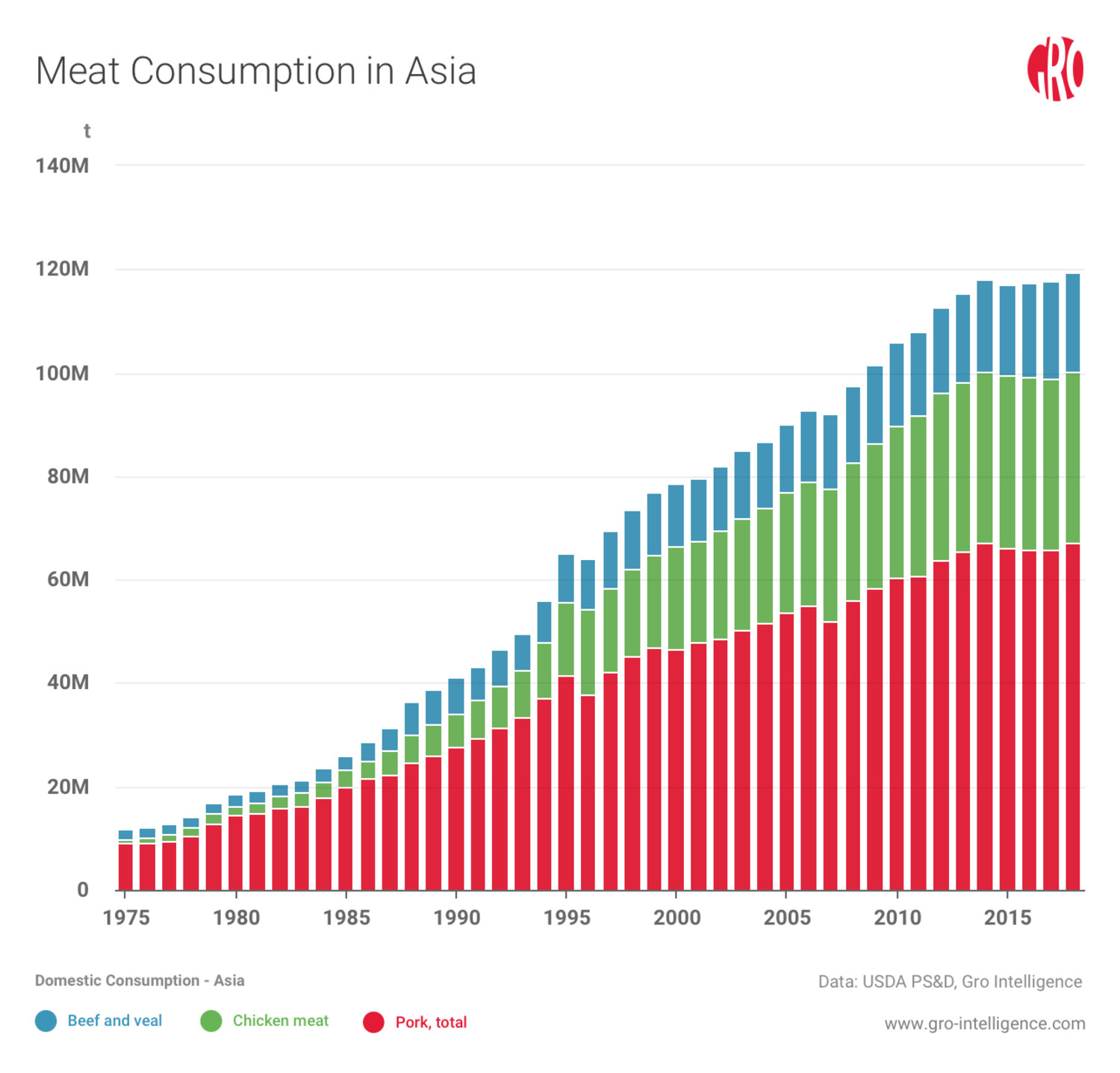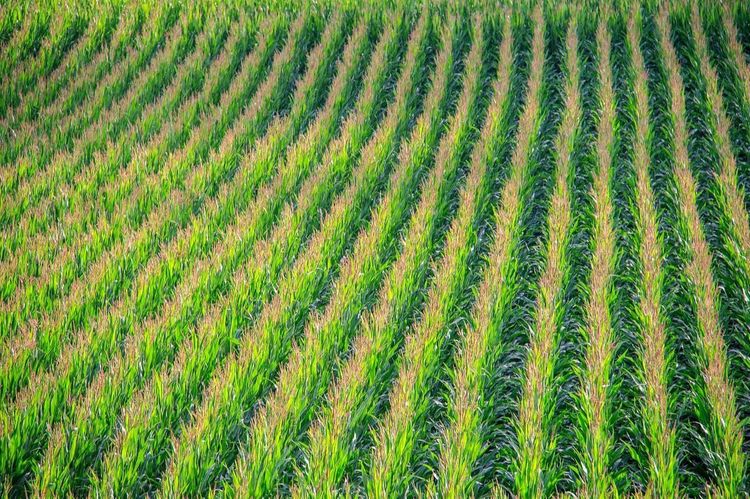Protein Consumption in Asia Drives Brazilian and US Soybean Exports
Brazilian soybean exports continue to edge ahead of the United States as global meat consumption grows unabated. The top producers are competing to keep up with soybean demand for animal feed. China is the largest soybean buyer, with a substantial portion of its imports arriving from the US and Brazil. While meat consumption increases across Asia, Chinese eating trends continue to dictate the course of global markets.

While the US supplies China with approximately 31% of the country’s soybean imports, US exports have declined in recent years. US growers place high emphasis on yield, but soybean quality is key for animal growth. Powerhouse seed producers like Monsanto and DowDuPont emphasize high-yielding products. With soybean yield being the top priority among US growers, quality suffers as more plants compete for the same sunlight.

Although Brazilian soybean yields fall short of those in the US, the warmer climate and longer days improve overall quality. Higher protein content is more attractive to soybean processors buying grain for feed. Furthermore, Brazil has developed its agricultural sector by planting more soybean acreage and increasing shipping port capacity, making trade deals more attractive.
Declining protein levels could increase the volume gap between US and Brazilian soybean exports to key importers. US soybean acreage is expected to increase in 2018, primarily driven by feed demand. The US would benefit from analyzing these trends and focusing less on short-term economic gain from higher yields. Meat consumption trends will ultimately impact soybean production and prices, and Gro Intelligence can help you stay on top of the data about this important global crop.
 Blog
BlogSouth America: Fall Planting Snapshot
 Insight
InsightSoggy Start to Spring Points to Fertilizer Application Delays for US Corn
 Insight
InsightChina’s Grain Imports Reach Record With a Growing Reliance on Brazil
 Insight
Insight

 Search
Search